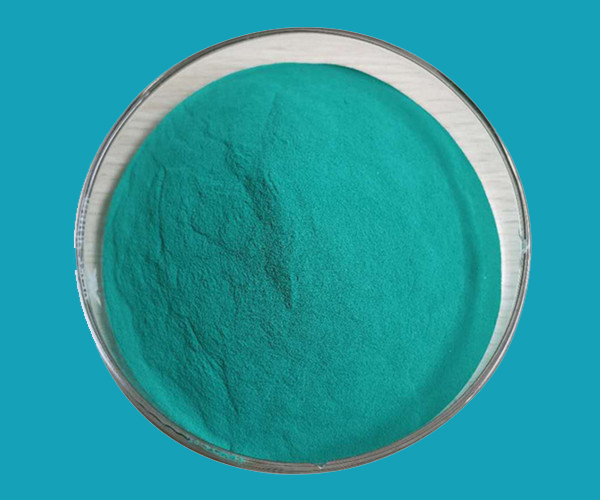Copper (II) carbonate (CuCO₃), often found in its basic form as copper (II) carbonate hydroxide (Cu₂(OH)₂CO₃), is a greenish-blue crystalline compound. It is insoluble in water and decomposes upon heating, releasing carbon dioxide (CO₂) and leaving behind copper (II) oxide (CuO). Naturally occurring as the mineral malachite, it is also synthetically produced by reacting sodium carbonate with copper sulfate. Its vivid color and chemical properties make it valuable in various applications.
Uses of Copper (II) Carbonate
Pigments and Dyes: Used historically as a green or blue pigment in paints, ceramics, and artworks.
Fungicides and Pesticides: Acts as a fungicide in agriculture to protect crops from fungal infections.
Pyrotechnics: Provides blue-green flames in fireworks and pyrotechnic compositions.
Copper Plating: Serves as a precursor in electroplating processes to deposit copper coatings.
Wood Preservation: Protects wood from decay and insect damage when used as a preservative.
Laboratory Reagent: Employed in educational experiments to demonstrate thermal decomposition or chemical reactions.
Jewelry and Decoration: Polished malachite, a natural form, is used in jewelry and ornamental objects.
 English
English Español
Español Português
Português Français
Français Deutsch
Deutsch Русский
Русский 中文
中文 日本語
日本語
